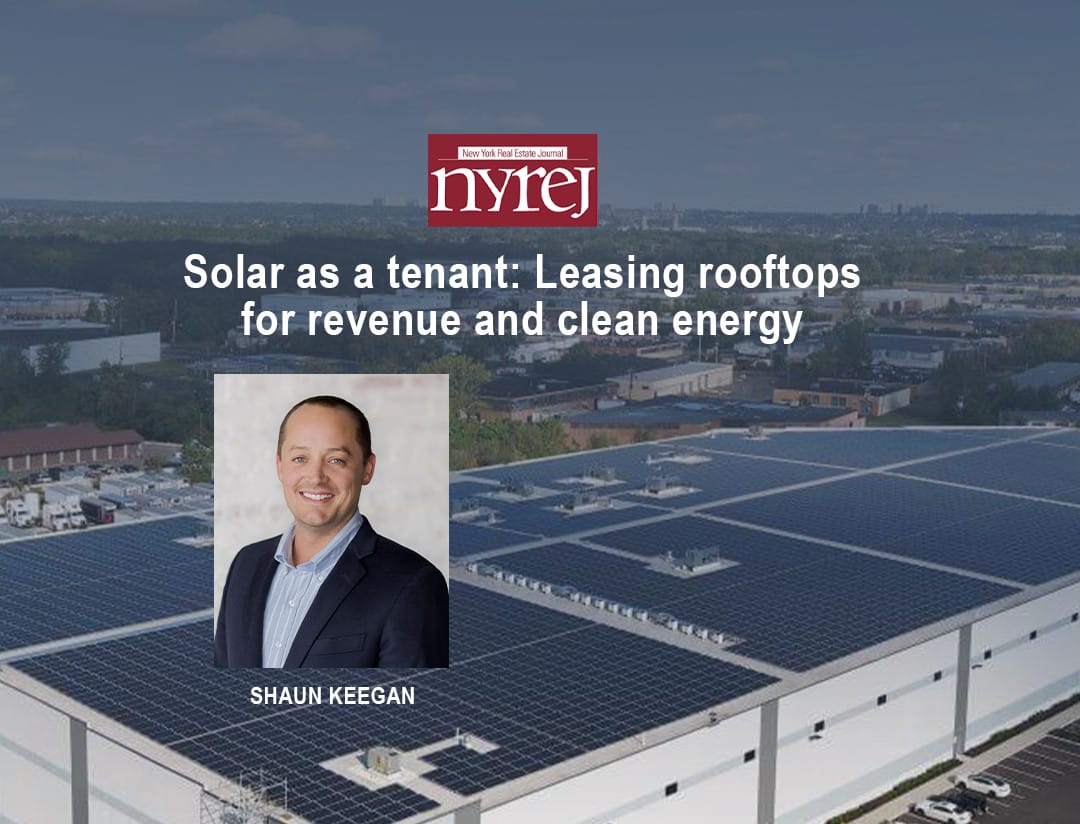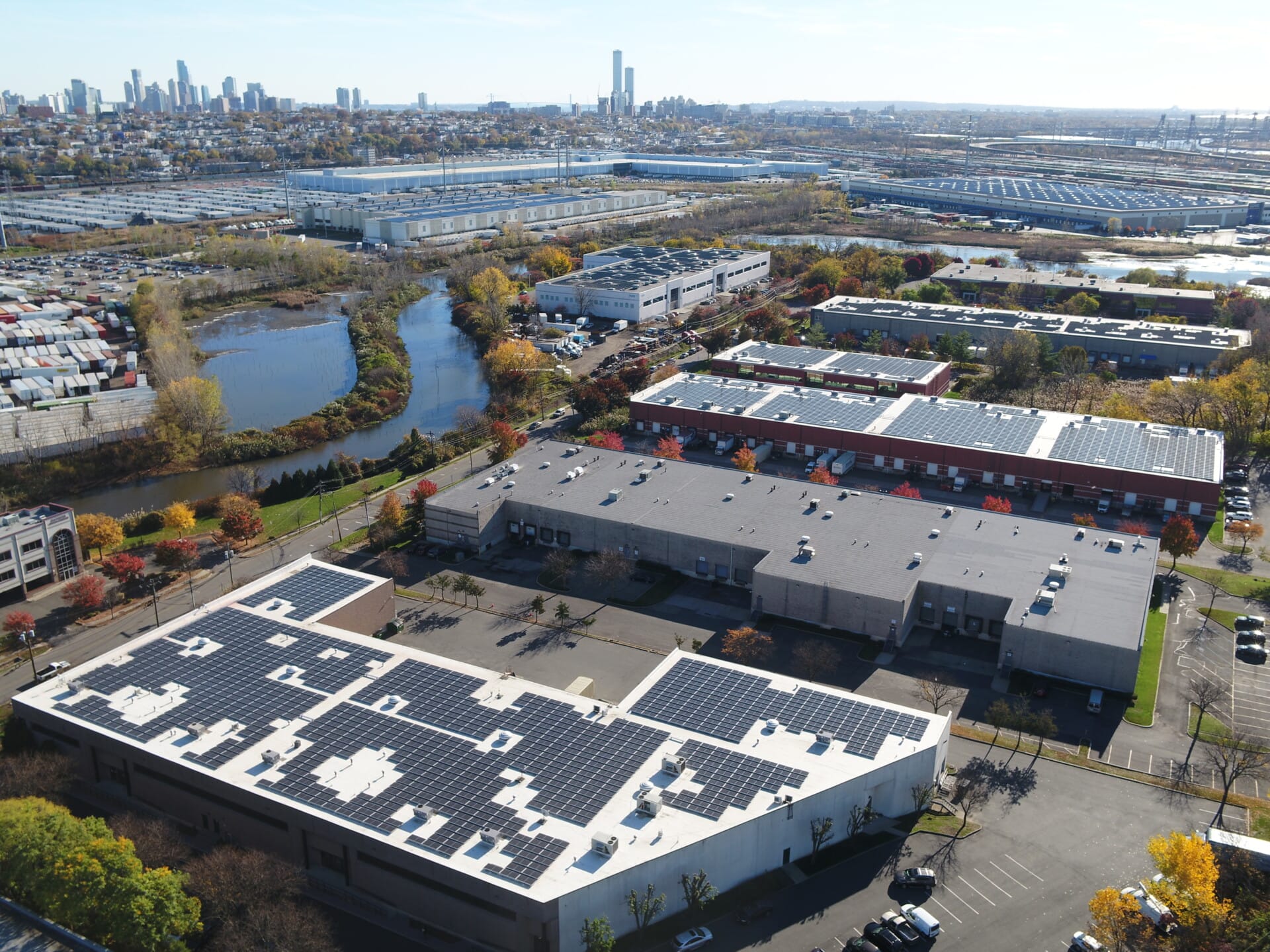Common Questions About Roof Protection & Maintenance in Community Solar

As more and more real estate owners explore the opportunity to put solar panels on their commercial or industrial properties, this question often comes up early. Protecting the existing building and assessing its ability to host a solar installation are always the first issues to address in the solar development process. In this blog post, Solar Landscape’s, VP of Engineering, Lucas Titolo addresses the questions we often receive from commercial real estate owners across the country.
Q: What is the age limit for roofs when looking to install solar?
Typically, we look for roofs that are less than 7 years old or are at the end of their life and in need of a replacement. While we prefer newer or younger roofs, we can work with roofs of varying ages, and new methods of roof restoration can extend the life of your roof without a full replacement. During our initial assessment, we’ll ask about roof life, condition, and material to ensure your roof meets the necessary criteria for a successful solar installation.
Q: Does installing solar void the roof warranty?
No, solar installation does not void the roof warranty. The system will always be installed per that specific roof manufacturer’s guidelines and specifications. Our team collaborates with roofing manufacturers, and often the landlord’s roofing contractor, for inspections before starting installation. Solar Landscape will also conduct a thermal drone survey of the roof to identify any existing issues the roof might have before the installation of solar. We ensure any required repairs are made beforehand, which allows smooth installation of solar while maintaining the roof warranty. During construction, we take several additional measures to ensure the roof membrane is not damaged by the foot traffic and movement of materials on the roof, including but not limited to installing temporary walkways, ramps, and pads.
Q: How much weight do the panels add to the roof?
Typical solar systems add approximately 3-5 pounds per square foot (PSF) to the roof. This weight is well within the structural capacity of most commercial buildings. Conducting a structural assessment is a critical part of the due diligence and design process. Where applicable, snow loading will also be considered by the structural engineer in addition to the added load of solar panels.
Q: Will solar panels cause puddling on my roof?
No, the primary causes of puddling are poor roof installation and maintenance, inadequate drainage, or insulation breakdown due to water penetration. A licensed structural engineer will evaluate the roof and deck structure to ensure that the added weight of solar and the active construction on and loading of the roof does not damage it.
Q: How does the integration of solar impact routine roof maintenance?
We prioritize roof maintenance and will cover the cost of removing panels to address leaks or other concerns, per our lease agreement with building owners. Additionally, solar panels provide added benefits by shielding it from UV rays and in some cases helping to weigh the roof down, potentially extending the roof’s lifespan. We are also sure to leave adequate space for aisles so that existing rooftop equipment can be accessed.
Q: Should part of the roof remain empty? If so, how is this decided?
This decision depends on the building’s use and future plans. As a rule of thumb, we recommend leaving about 10% of the roof empty for various considerations, including maintenance access, future modifications, and aesthetic balance.
###
At Solar Landscape, we understand the importance of addressing roof concerns when considering a commercial solar installation. As long-term owners of most of the systems we build, maintaining the quality of your roof is essential in enabling us to productively operate a community solar system for 20+ years – providing you and the community with its many benefits. Our team is committed to working collaboratively with building owners to ensure a seamless integration that maximizes the benefits of solar energy while maintaining the integrity of the roof.


